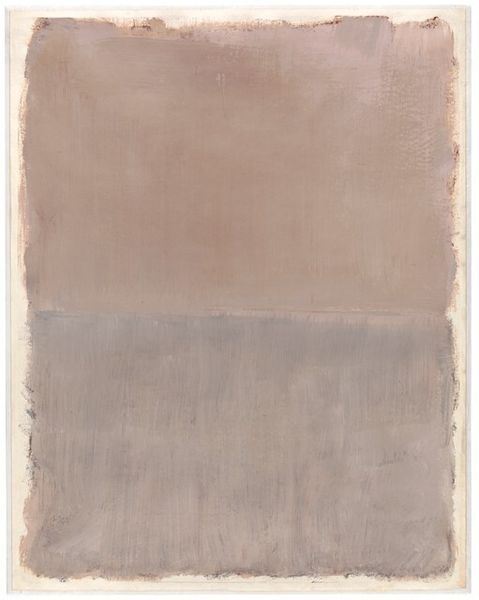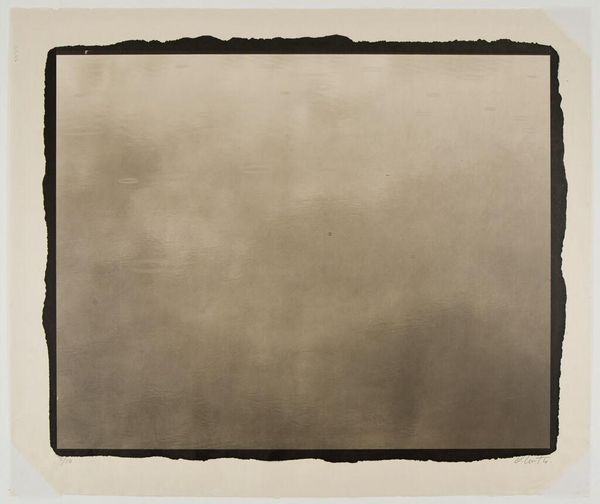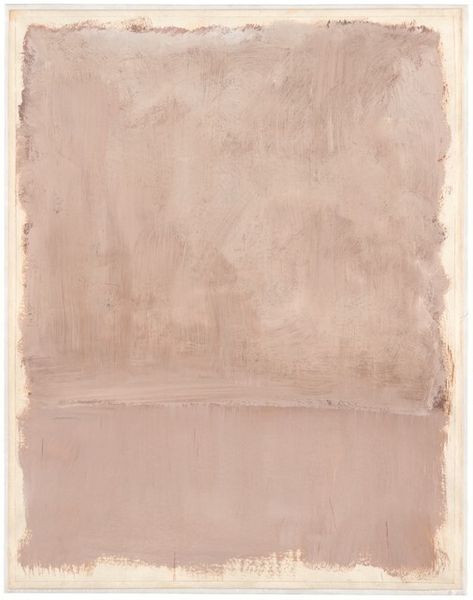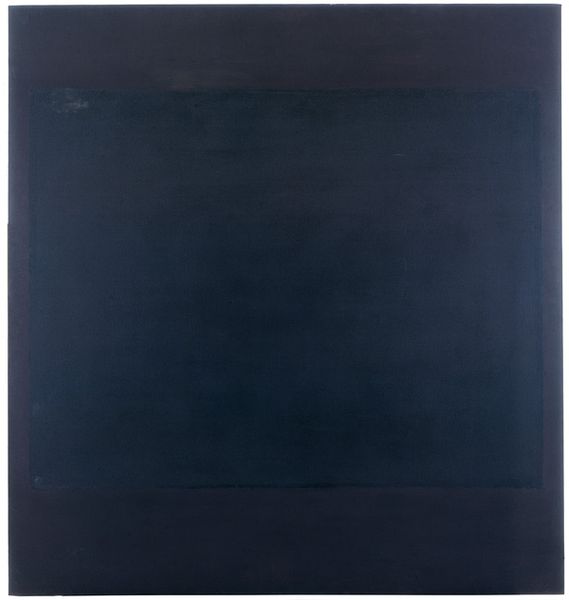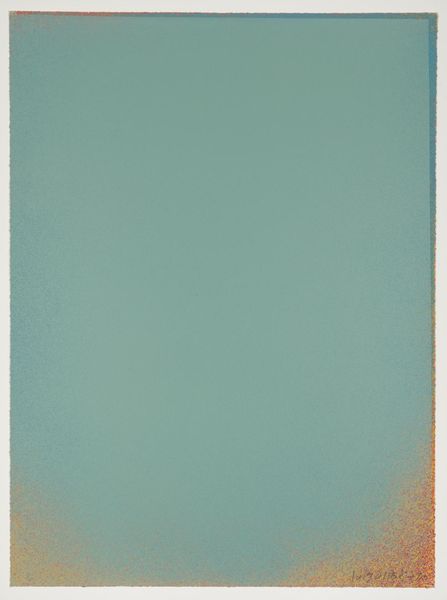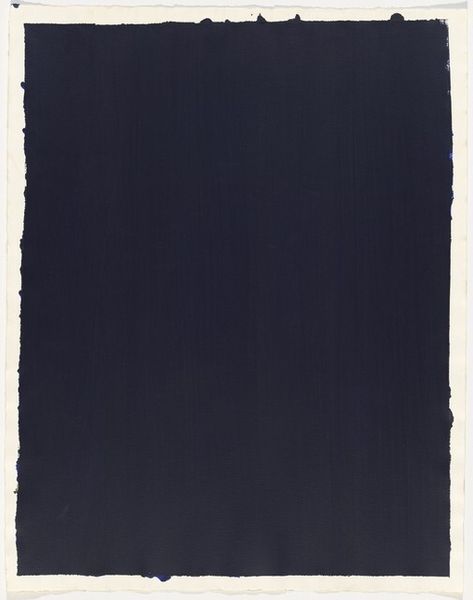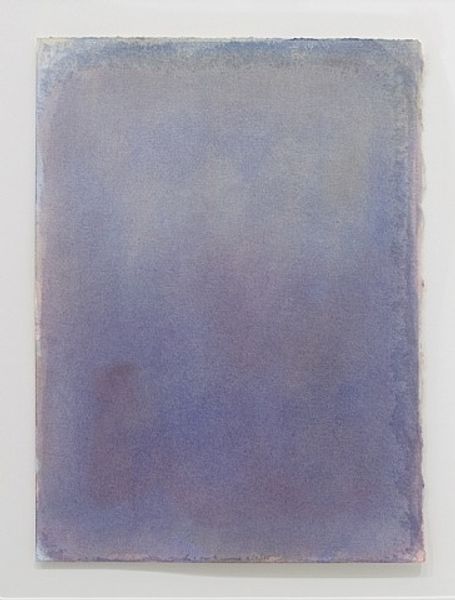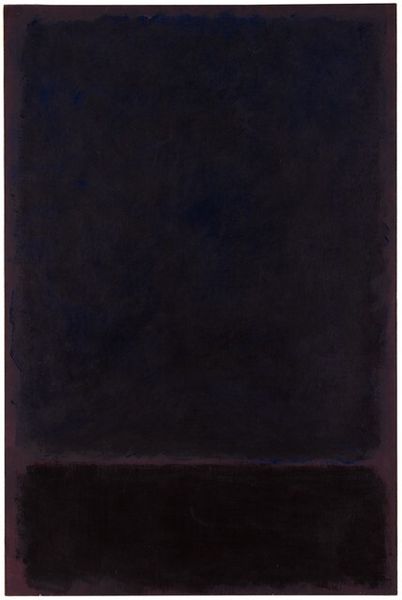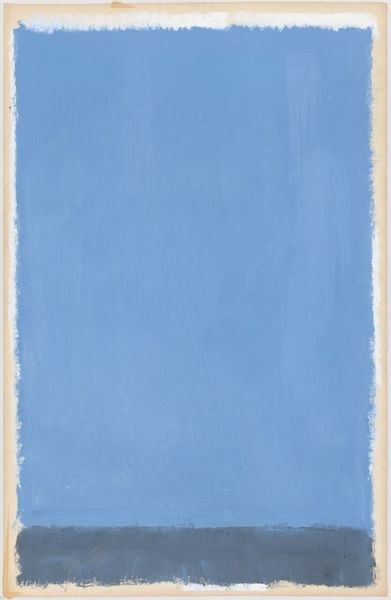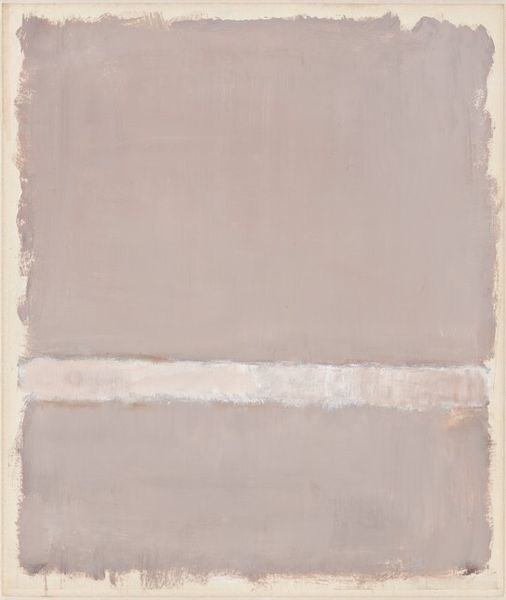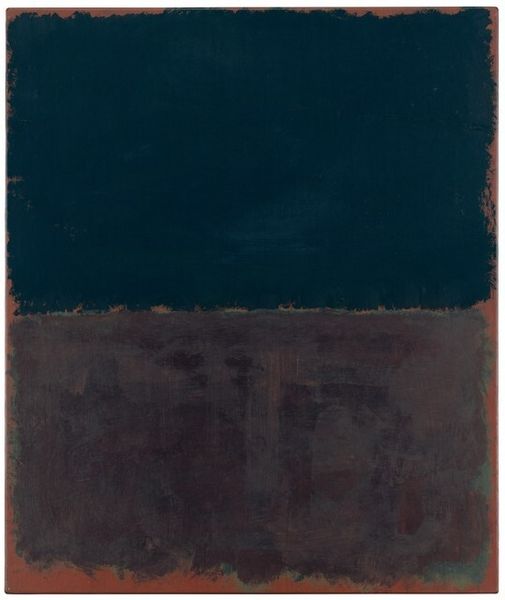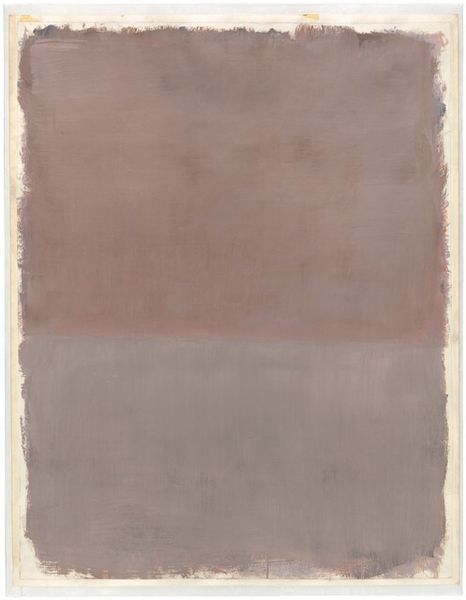
Dimensions: support: 2946 x 6457 mm
Copyright: © Jules Olitski/VAGA, New York and DACS, London 2014 | CC-BY-NC-ND 4.0 DEED, Photo: Tate
Editor: So, this is Jules Olitski’s "Instant Loveland" from the Tate. It's a massive canvas awash in lilac, and it feels incredibly ethereal, almost like fading light. What can you tell me about this piece? Curator: Olitski’s work is deeply embedded in conversations about abstraction and the autonomy of art. Considering the socio-political upheavals of the time, how might we read this deliberate focus on pure aesthetics? Is it a retreat, or a radical act of self-definition? Editor: I hadn't considered it that way. I was just thinking about the colors. Curator: Exactly! The color itself becomes the subject. How does it evoke or resist the complex realities outside the canvas? Can the pursuit of beauty be a form of resistance? Editor: Wow, I guess there's more to lilac than I thought. Curator: Indeed! Art often challenges us to question our assumptions about beauty, politics, and everything in between.
Comments
tate 6 months ago
⋮
http://www.tate.org.uk/art/artworks/olitski-instant-loveland-t07244
Join the conversation
Join millions of artists and users on Artera today and experience the ultimate creative platform.
tate 6 months ago
⋮
Jules Olitski was one of the principal exponents of Colour Field painting, which involved using flat expanses of colour, and rejecting illusions of depth and the emphatic brushwork of Abstract Expressionism. Olitski's large scale canvases are covered in delicate mists of colour that give the works an all-over unity and a sense of continuation beyond the frame. The paintings have an ethereal quality, appearing to dematerialise the canvas surface. Olitski said he would prefer 'nothing but some colours sprayed into the air and staying there.' Gallery label, September 2004

